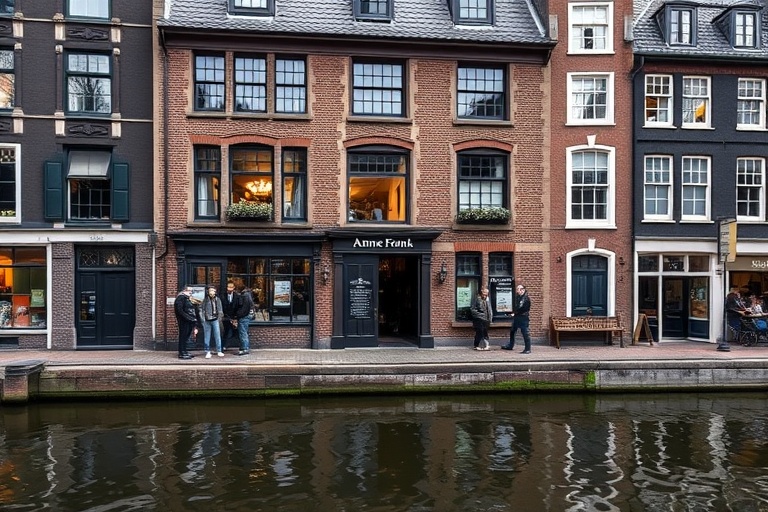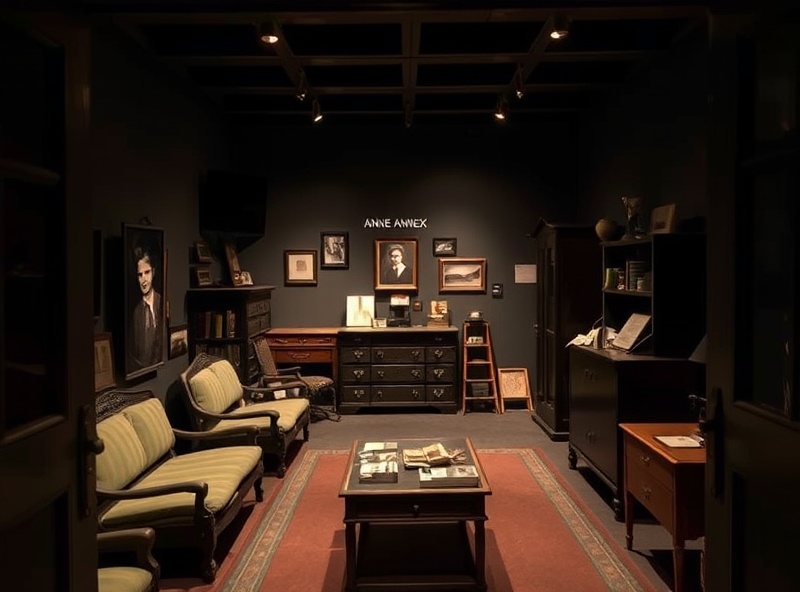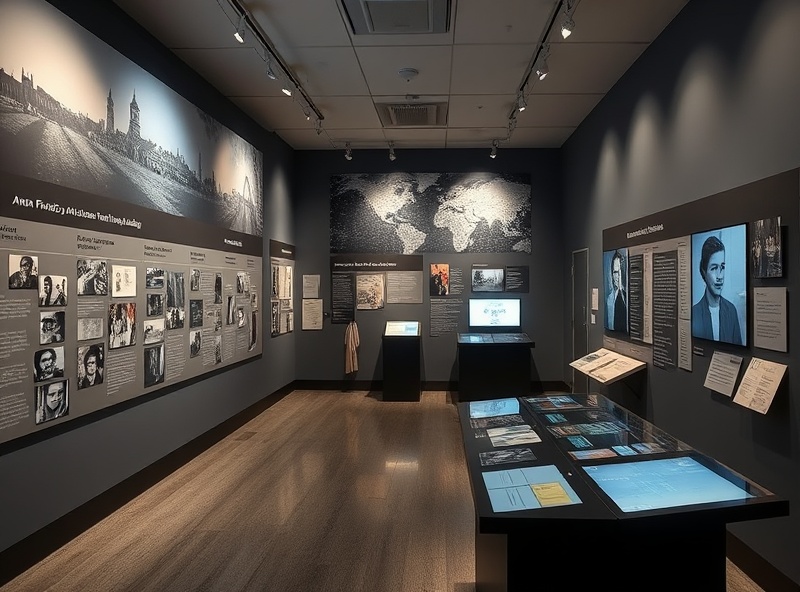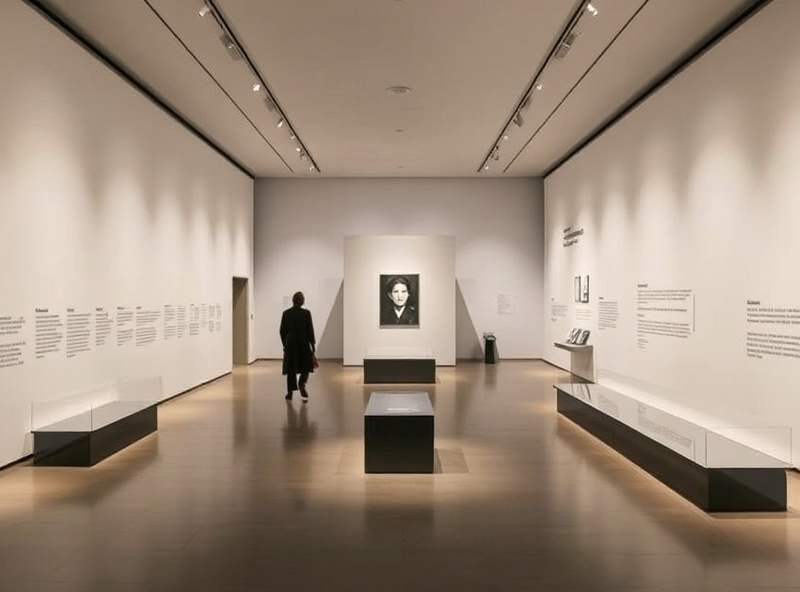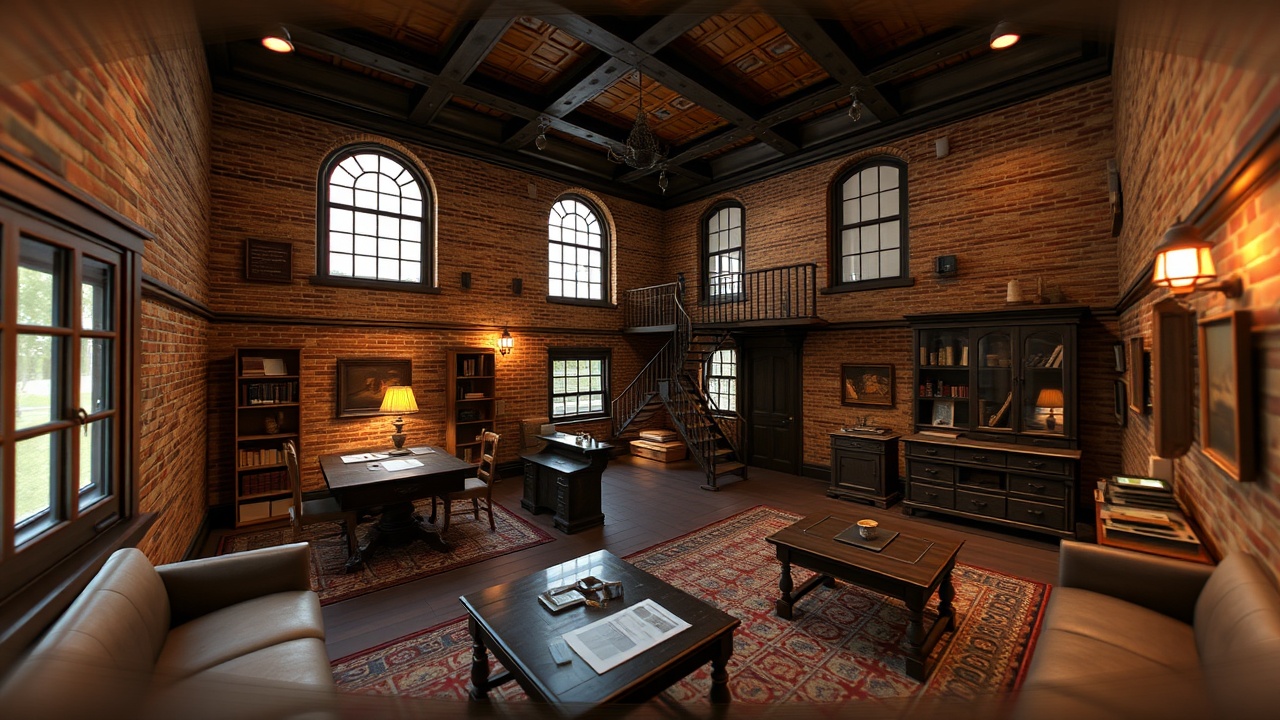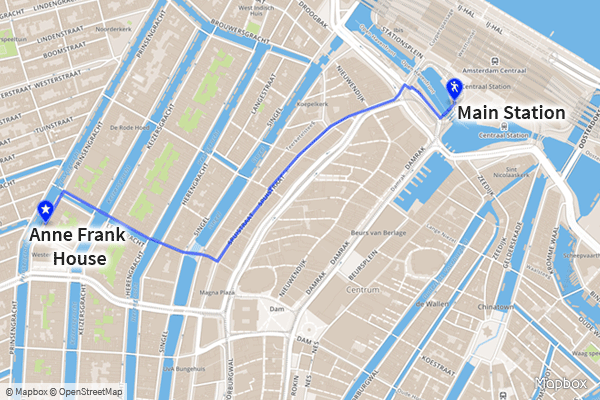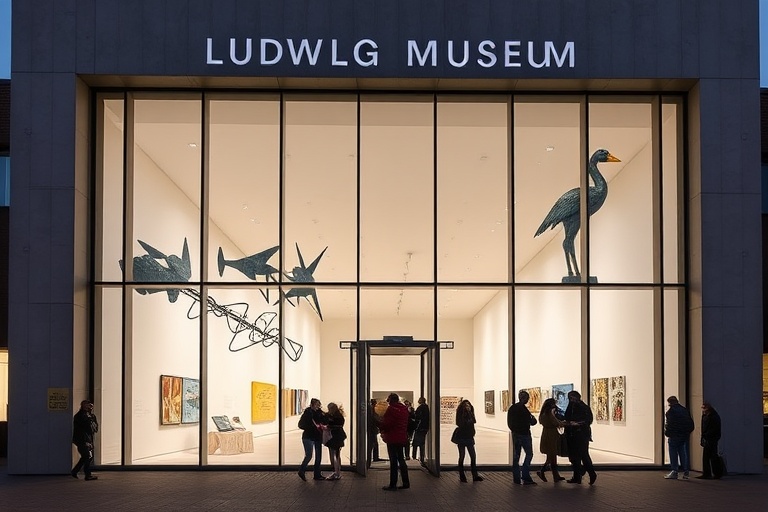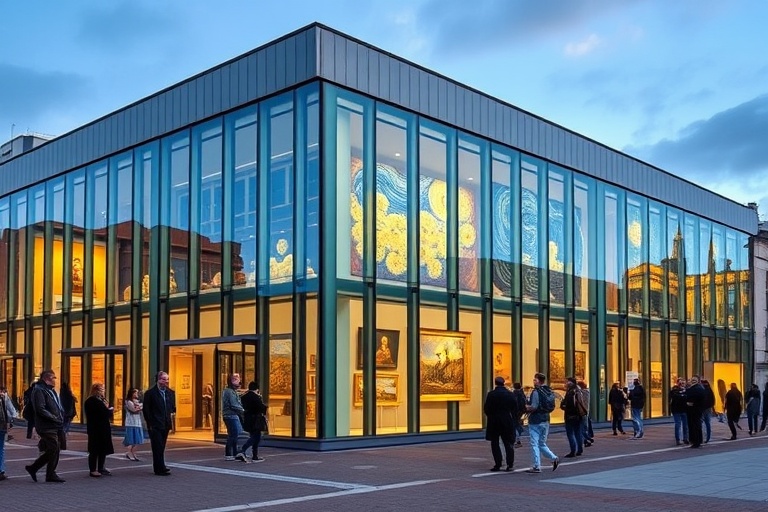The Legacy of Anne Frank
The Anne Frank House (Dutch: Anne Frank Huis) is a biographical museum dedicated to Jewish wartime diarist Anne Frank. Located in central Amsterdam, the building preserves the secret annex where Anne Frank hid from Nazi persecution with her family and four others during World War II.
For more than two years, Anne Frank and the others lived in the secret annex of the building at Prinsengracht 263 where Anne's father, Otto Frank, had previously worked. Eventually, they were betrayed and captured by the Nazis in August 1944. Anne died of typhus in the Bergen-Belsen concentration camp in February or March 1945, just weeks before the camp was liberated.
Today, the Anne Frank House stands as a powerful memorial and educational center. It preserves the hiding place and has a permanent exhibition on the life and times of Anne Frank, whose diary, published posthumously by her father, has become one of the world's most widely read books, offering an intimate view into the human experience during the Holocaust.
